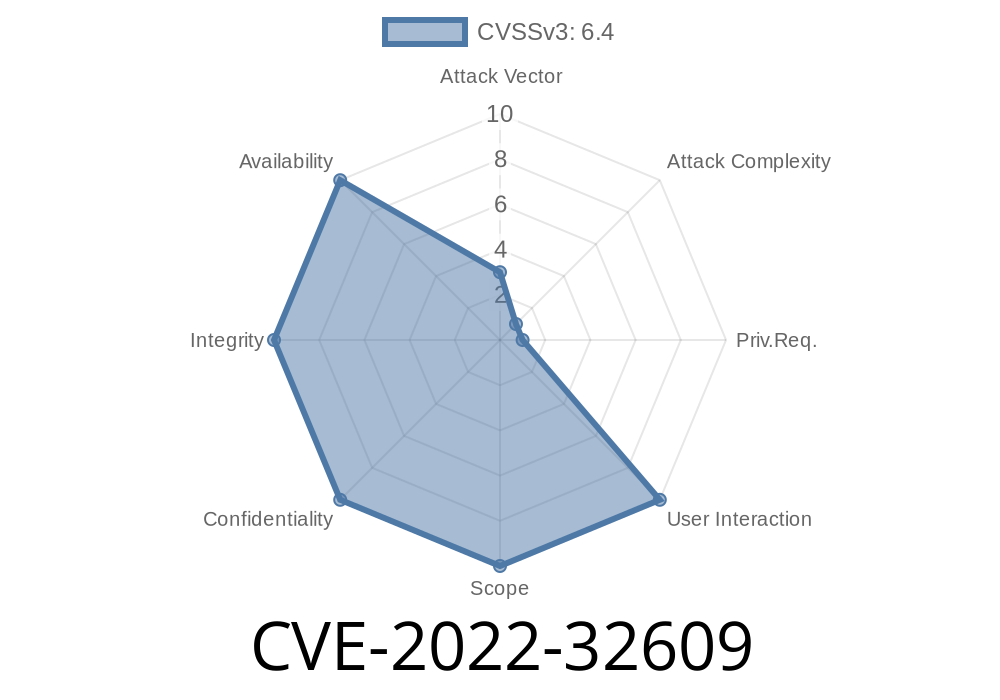Recently, there has been a significant discovery in the Video Codec Unit (VCU) realm that poses a high security risk. The vulnerability, identified as CVE-2022-32609, is an exploitable use-after-free that can lead to a local escalation of privilege, impacting systems and applications integrating it. System execution privileges are required to take advantage of this vulnerability, and user interaction is not necessary for its exploitation.
This article explores the intricacies of this security flaw, its manifestations, and more importantly, its potential remedies by diving deep into the Code Snippet that demonstrates its existence, providing links to relevant references, and outlining the exploit details.
The following code snippet is an example of the vulnerability present in the VCU setup
// foo.c
void* buffer;
void process_data() {
// data processing using buffer
// ...
// Release buffer
free(buffer);
buffer = NULL;
}
void request_data() {
// Request for new data
// ...
// Missed synchronization may cause data to be assigned after free() call
buffer = malloc(SOME_SIZE);
}
In this example, the process_data() function deallocates and nullifies the buffer pointer after processing the data. However, a potential missed synchronization in the request_data() function may cause the buffer to be assigned after the free() call, leading to a use-after-free vulnerability.
Links to Original References
1. CVE-2022-32609 | National Vulnerability Database (NVD)
2. Vulnerability Summary for CVE-2022-32609 | CERT Coordination Center
3. CVE-2022-32609 in Android Codebase
4. ALPS07203410 - VCU Use-after-free Exploitation Description
The CVE-2022-32609 vulnerability can manifest itself in the following manner
1. A race condition occurs during the allocation and deallocation of a memory buffer in VCU due to missed synchronization.
2. An attacker with System execution privileges can maliciously exploit this condition, leading to a use-after-free scenario.
3. Consequently, this would allow unauthorized access and local escalation of privilege for the attacker, potentially compromising the entire system.
Please note that user interaction is not necessary for the successful exploitation of this vulnerability.
Patch Information
The corresponding patch to remedy this issue has already been issued with the ID "ALPS07203410." Users and developers should update their systems and applications as soon as possible to mitigate the risk caused by this security flaw.
In conclusion, the recent discovery of CVE-2022-32609 has highlighted a critical security concern in the world of VCUs. By understanding the code snippet that causes the vulnerability, following the original references, and considering the exploit details, users can better protect their systems and applications. Regularly applying security patches, such as the one mentioned above, is essential to prevent similar threats from causing harm in the future.
Timeline
Published on: 11/08/2022 21:15:00 UTC
Last modified on: 11/10/2022 13:43:00 UTC
